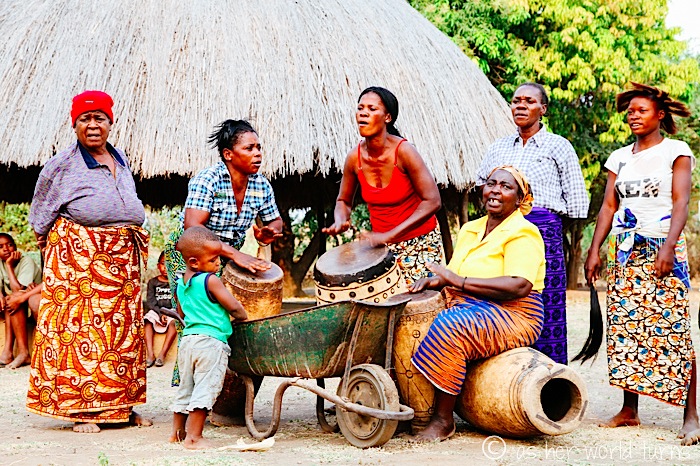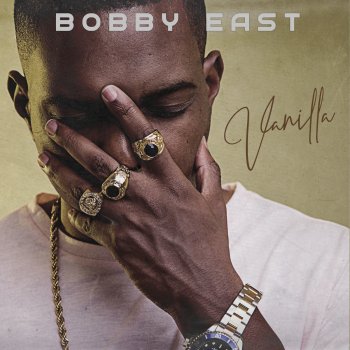 |
| From the blog As Her World Turns. Check it out -- she has some great photos of her trips around the world. |
Percussion instruments are really the central part of Zambian folk music. They use a variety of drums of different sizes, shapes, and materials to create unique and complex tones. Sometimes, certain kinds of drums are used for specific purposes, such as funerals. One of these special drums is known as the lion drum, and it’s actually a friction drum (one that has a stick inserted into the drum that resonates sound as it rubs across the drum head). There are also types of xylophones, like the 17-note silimba. Varieties of flutes and thumb pianos are found throughout Zambia as well.
One particular style of folk music from Zambia is called kalindula. It’s actually the name of a type of bass guitar that lent its name to a type of up-beat music that uses this guitar along with other handcrafted guitars called banjos (different from what we know as banjos in Western music, although it has its roots in Africa) and homemade drum sets. Kalindula music is played throughout Zambia and can often be heard on the radio. These bands also participate in music fests too.
 |
| Laban Kalunga, kalindula musician |
One dance that is common in Lusaka and throughout the Cobberbelt regions is the Mooba dance of the Lenje ethnic group. It’s been included as part of UNESCO’s Intangible Cultural Heritage list. This dance is performed by both men and women at social events. At the peak of the dance, some dancers are said to be possessed by the BaChooba ancestral spirits. Dancers wear colorful beaded jewelry and headbands, a special skirt called a buyombo, and rattles on their ankles.
In Zambia, reggae, hip-hop, and R&B are particularly popular styles that made its way into their music. I first mentioned Sampa the Great in the first post on Zambia. She uses hip-hop, jazz, and African rhythms and harmonies mixed together with her poetic lyrics to create a complete package. She mainly sings in English. I love her music so much. It’s hard not to just go on and on about her music.
 |
| Sampa the Great |
I also listened to Jordan Katembula (or sometimes known as JK). His music is more Zambian R&B and pop and was one of the leading musicians in Zambia in the late 1990s. It was pretty catchy and definitely has that “African sound” to it that I still can’t describe any better.
 |
| Jordan Katembula, aka JK |
The music of Macky 2 is more like a cross between hip-hop and dance music. Definitely seems like something you’d hear in the club or at a party. Like Jordan, he tends to sing/rap in both English and his local language. Chef 187 is a little more straight hip-hop in my opinion, and he tends to have more guests on his tracks (at least on the album I was listening to).
 |
| Macky 2 |
I checked out Bobby East’s album Vanilla. I think it has a lot more reggae mixed in with it. I liked it, but I’m also a fan of reggae. He also collaborated with several people on most of his songs. It was kind of fun to listen to.
Slap Dee is probably one of the bigger names in Zambian hip-hop, and you can tell why. Some songs seem to have a strong American hip-hop presence to them, but others have a clear ragga or reggae feel. Another popular musician is K’Million. His music seems on the lighter side of things with elements from pop and R&B. Although he has a couple songs in English, most are in his local language.
 |
| Slap Dee |
Up next: the food



No comments:
Post a Comment